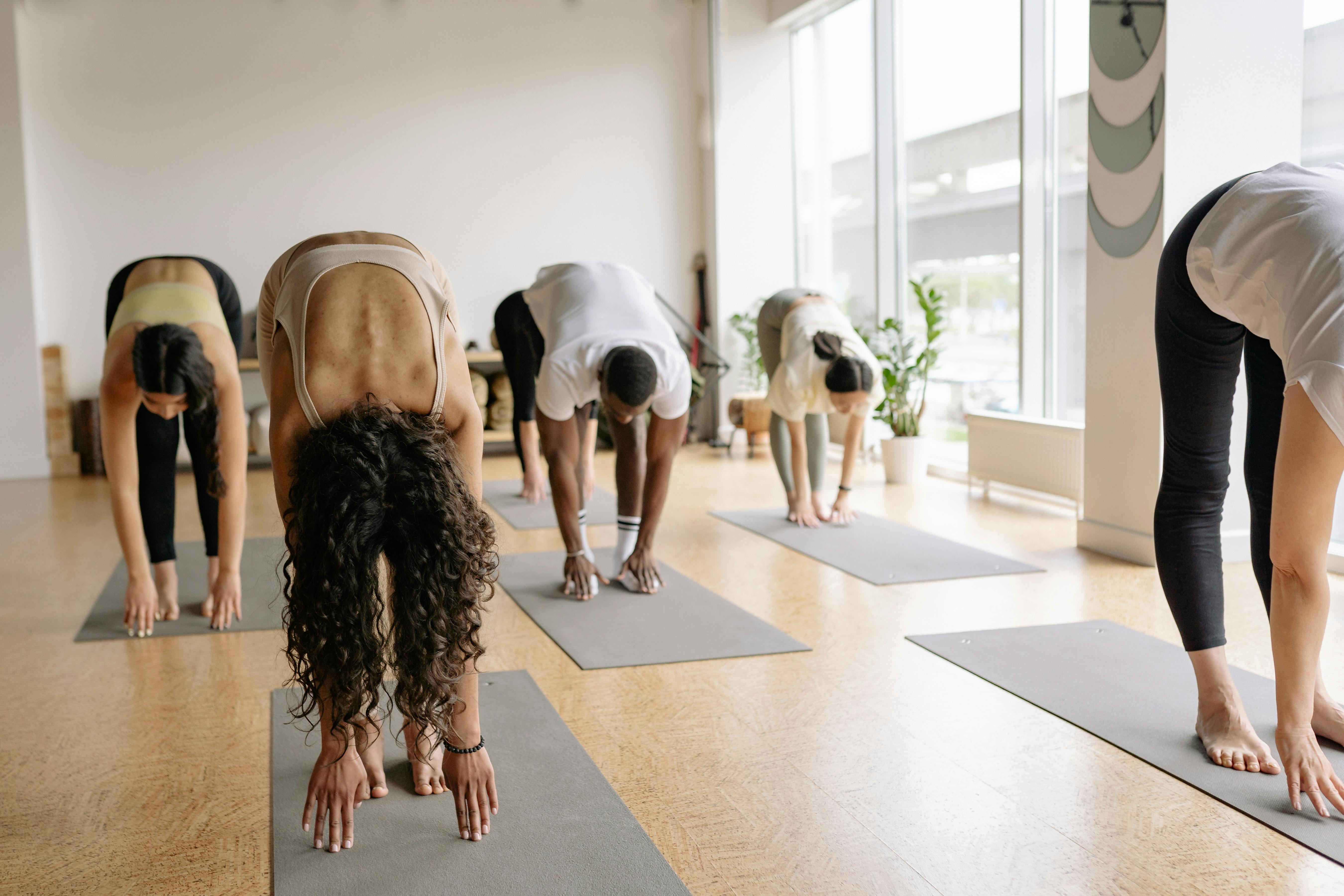10 Powerful Tips for Practicing Mindfulness Daily
In a world filled with distractions, stress, and constant noise, learning effective tips for practicing mindfulness has never been more essential. Mindfulness empowers us to become more present, aware, and emotionally resilient. This article will explore key mindfulness principles, provide practical guides, and offer advanced techniques to help you lead a more intentional and centered life.

Understanding the Fundamentals
Mindfulness is the practice of focusing your awareness on the present moment, accepting it without judgment. Rooted in Buddhist meditation, it has gained mainstream attention for its effectiveness in reducing stress and enhancing focus.
These fundamentals are crucial because they lay the groundwork for deeper emotional intelligence and mental clarity. Think of mindfulness as a muscle—consistent practice strengthens your ability to stay calm and aware even in challenging situations.
1.1 Present-Moment Awareness
Present-moment awareness involves paying attention to your thoughts, feelings, and surroundings without distraction or judgment. For example, when you’re eating, focus solely on the taste, texture, and aroma of the food. A study from Harvard found that people spend 47% of their waking hours thinking about something other than what they’re doing, which affects happiness.
By bringing your mind back to the moment, you gain control over impulsive reactions and reduce anxiety. One common misconception is that mindfulness means stopping thoughts—it’s really about observing them with detachment.
1.2 Non-Judgmental Observation
This principle encourages observing your inner experiences without labeling them as “good” or “bad.” Unlike self-criticism, non-judgmental awareness fosters self-acceptance and reduces emotional reactivity.
For instance, if you feel anger rising, instead of suppressing it or lashing out, mindfulness helps you notice the sensation and choose a thoughtful response. This approach enhances both personal and professional relationships.
Practical Implementation Guide
Now that you understand the foundational concepts, let’s look at how to apply tips for practicing mindfulness in everyday life. Results may vary, but most people begin noticing changes in their focus, mood, and stress levels within weeks of consistent practice.

2.1 Actionable Steps
- Morning Mindfulness Ritual: Start your day with 5-10 minutes of mindful breathing or journaling. Focus on setting your intention.
- Use of Digital Mindfulness Tools: Apps like Insight Timer or Calm can guide beginners through structured practices.
- Set Time Blocks: Schedule mindfulness breaks every 2-3 hours—use a gentle alarm to bring you back to presence.
2.2 Overcoming Challenges
Common challenges include a wandering mind, lack of time, and impatience. To counteract these:
- Wandering Thoughts: Gently return focus to the breath without self-criticism.
- Lack of Time: Integrate short practices into daily routines—like mindful walking or dishwashing.
- Impatience: Remember, mindfulness is a lifelong skill, not a quick fix.
Warning signs like irritability or burnout may indicate the need to recommit or modify your practice. Expert tips include finding a mindfulness buddy or joining a local meditation group for accountability.
Advanced Applications
Once you’ve established a basic mindfulness routine, you can explore advanced techniques to deepen your practice. These are ideal for individuals ready to elevate their emotional regulation and cognitive flexibility.

3.1 Body Scan Meditation
This technique involves mentally scanning your body from head to toe, paying attention to physical sensations. Used in Mindfulness-Based Stress Reduction (MBSR), it’s proven to reduce chronic pain and improve sleep quality.
One case study revealed that patients practicing body scan meditation three times a week saw a 60% improvement in anxiety symptoms over two months.
3.2 Integrating Mindfulness in Workflows
Advanced mindfulness also includes integration into professional settings. Mindful leadership, for instance, helps managers foster empathy and better decision-making.
It’s compatible with productivity tools and project management systems. Techniques like mindful emailing or conscious listening can significantly improve workplace culture and reduce burnout.
Future Outlook
Mindfulness is evolving with technology and neuroscience. Trends like neurofeedback devices, VR meditation environments, and AI-based guided meditations are shaping the next frontier.
Over the next 3–5 years, expect mindfulness to be increasingly embedded in education, healthcare, and corporate training programs. Staying current with developments can help you make informed choices about expanding your practice.
Conclusion
To summarize, practicing mindfulness enhances present-moment awareness, supports emotional regulation, and improves overall well-being. Applying these tips for practicing mindfulness daily can lead to transformative shifts in your life.
Now is the time to start. Choose one technique and commit to it for the next seven days. You’ll be amazed by how small shifts can yield big results. Consider keeping a mindfulness journal to track your journey.
Frequently Asked Questions
- Q: What is mindfulness in simple terms? Mindfulness is paying full attention to the present moment without judgment. It’s like training your mind to focus.
- Q: How do I begin practicing mindfulness? Start small. Try five minutes of deep breathing or guided meditation using a free app.
- Q: How much time does mindfulness take each day? Even 10–15 minutes a day can produce results. Consistency matters more than duration.
- Q: Is mindfulness expensive to learn? Not at all. Many high-quality resources are free, and basic practices require no equipment.
- Q: How does mindfulness compare to yoga? While both promote awareness, yoga adds physical postures. Mindfulness focuses on mental clarity.
- Q: Is mindfulness difficult to master? It has a learning curve, but it’s accessible. Start with simple techniques and build gradually.
- Q: Can mindfulness help in high-stress jobs like healthcare or law? Absolutely. It’s been shown to reduce burnout and improve decision-making in high-pressure environments.